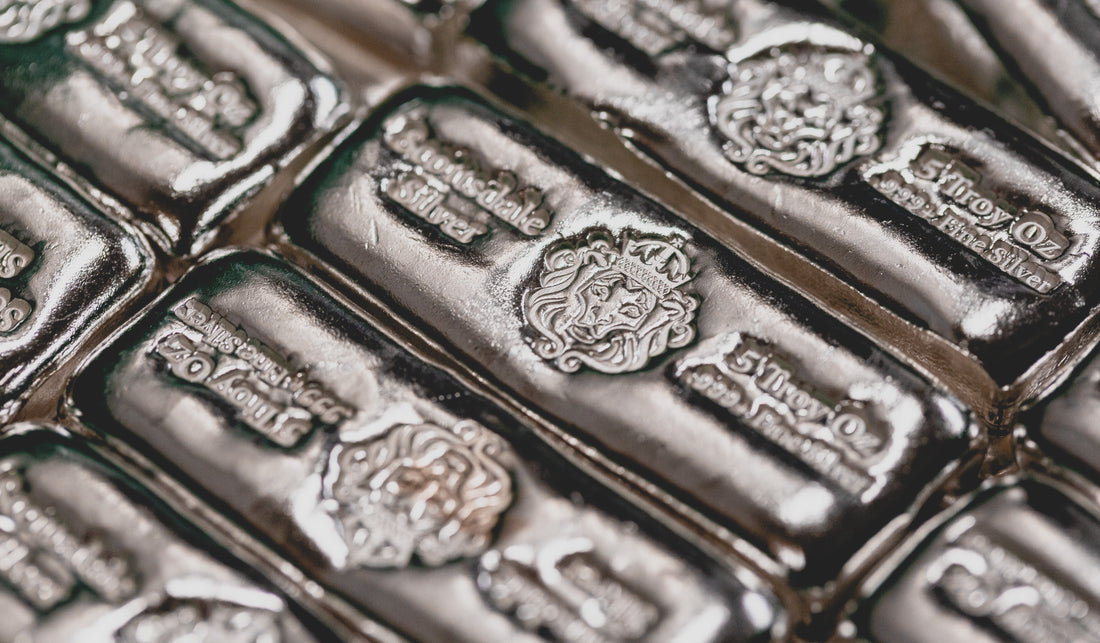When it comes to silver, two terms often come up in conversation: "Fine Silver" and "Sterling Silver." While both are exquisite materials, they have distinct properties that play a pivotal role in their respective applications and overall appeal.
1. Purity
Fine 999 silver, as the name suggests, is exceptionally pure. It consists of an astounding 99.9% pure silver, with almost no trace of other metals. In contrast, Sterling Silver, the more common variety, contains 92.5% pure silver, with the remaining 7.5% typically made up of copper or nickel. This significant variation in purity is a fundamental distinction between the two.
2. Tarnish Resistance
Tarnishing is a common concern with silver, but fine 999 silver exhibits superior resistance due to its minimal alloy content. On the other hand, Sterling Silver, with its copper or nickel content, is more susceptible to tarnish over time. This makes fine silver a preferred choice for items that require minimal maintenance to retain their shine.
3. Durability vs. Malleability
Fine silver is softer and more malleable due to its higher purity. This makes it ideal for intricate craftsmanship and detailed designs. Sterling silver, with its alloying metals, is sturdier and so often preferred for items intended for regular, everyday use.
4. Antibacterial Properties
Fine silver's higher purity results in a more significant release of silver ions, which have antibacterial properties. Silver ions interfere with the metabolic processes of bacteria, inhibiting their growth and reproduction.
5. Price Considerations
Fine 999 silver is typically more expensive than Sterling Silver on a per-ounce basis. This is primarily due to its higher purity. Sterling Silver is a more budget-friendly option for those who desire the look of silver without the premium price tag.
6. Applications
Fine silver is often reserved for special items like collectibles, commemorative coins, and decorative pieces. Sterling Silver, being more durable, is commonly used for jewelry, tableware, and everyday items.
7. Investment Value
Fine silver, particularly in the form of coins and bullion, is sought after by investors and collectors for its intrinsic value and rarity. Sterling Silver items, while valuable, are generally not considered investment-grade due to their lower purity.
In the world of noble metals, understanding these key considerations empowers individuals to make informed choices, ensuring that their selection aligns perfectly with their intended use and the quality standards they aim to achieve.

